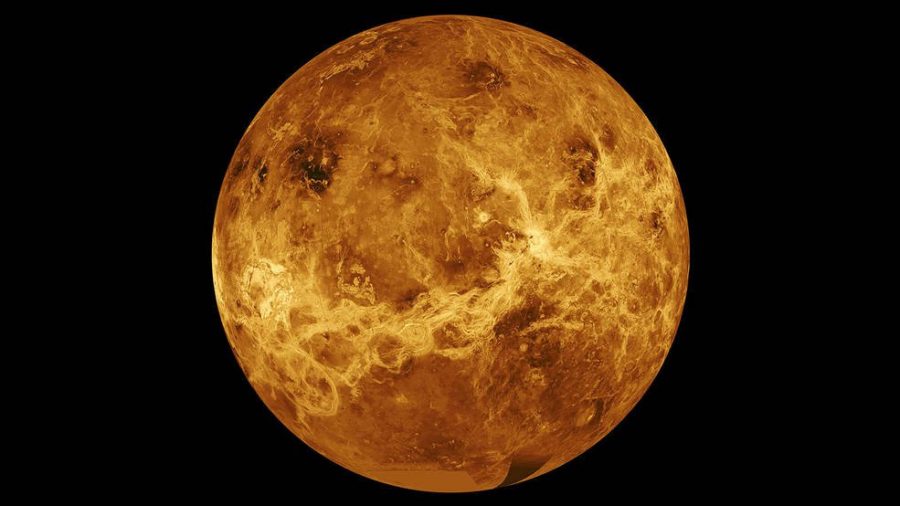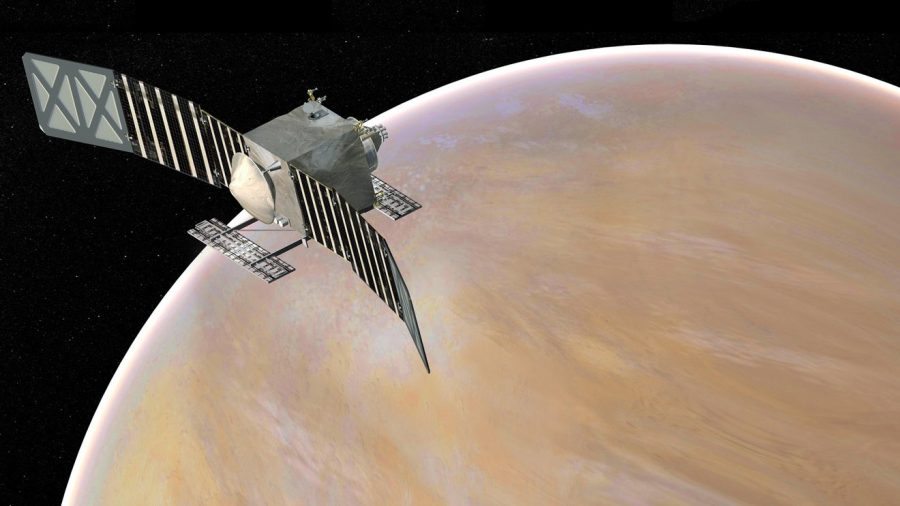After a hiatus of several decades, NASA is about to return to Venus in a big way.

NASA has announced that it has selected two missions as part of its Discovery Program: DAVINCI+ and VERITAS. Both spacecraft will head to Venus later this decade in an effort to map and characterize the second planet from the Sun.
Though Venus is superficially Earth’s twin in terms of size, the planet clearly has a different history. Both missions intend to look at Venus in the present for clues to its past, to see if it may have hosted a more habitable environment early on.
“We’re revving up our planetary science program with intense exploration of a world that NASA hasn’t visited for over 30 years,” says associate administrator Thomas Zurbuchen in a recent press release. “Using cutting-edge technologies that NASA has developed and refined over many years of missions and technology programs, we’re ushering in a new decade of Venus to understand how an Earth-like planet can become a hothouse.”
Discovery-class missions have budgets capped at $500 million for development, excluding launch and operations over time. Unlike larger programs, Discovery-class missions are generally selected to address a specific scientific question. The last round of selections in 2017 chose the Lucy and Psyche asteroid missions.
The two missions in the running that were not selected this time around were the Io Volcano Observer and the Trident flyby mission aimed at Neptune’s large moon, Triton.
DAVINCI+
The first selected mission is the Deep Atmosphere Venus Investigation of Noble gases, Chemistry and Imaging (DAVINCI+). The mission will study the composition and evolution of Venus’s atmosphere.

NASA / GSFC
DAVINCI+ will deploy a descent sphere that will sample gases and weather conditions during its 63-minute drop through the Venusian atmosphere.
In theory, the probe’s tunable laser spectrometer could detect phosphine on its way down, though it wasn't specifically designed to do so. Astronomers have detected this potential biosignature in Venus’s atmosphere using Earth-based telescopes, but the detection has been disputed.
An orbiter will relay these data to Earth, while also sticking around to obtain high-resolution measurements. The spacecraft will host the Compact Ultraviolet to Visible Imaging Spectrometer, which will carry out high-resolution measurements in an effort to understand the mysterious “ultraviolet absorber” that swallows up to half of the incoming solar energy at Venus. Another primary science goal is to map “tesserae,” which represent Venus’s most ancient terrain.
VERITAS

NASA / GSFC
The second mission selected is the Venus Emissivity, Radio Science, InSAR, Topography, and Spectroscopy mission (VERITAS). A geology mission, VERITAS will construct a complete 3D map of the planet’s surface in an effort to trace the history of the planet’s plate tectonics and determine whether Venus is still volcanically active. (If it exists, volcanic activity could represent a non-biotic source of phosphine.)
Another technology demonstrator will hitch a ride with VERITAS: The Jet Propulsion Laboratory’s Deep Space Atomic Clock-2 will generate ultra-precise signals that will aid future radio observations and deep-space maneuvers.
DAVINCI+ and VERITAS will launch in the 2028-2030 time frame. Barring numerous flybys over the years, these are the first NASA missions to specifically target Venus since Magellan in the 1990s and the Soviet Union’s Vega 2 mission in 1985. JAXA’s Akatsuki mission has been at Venus in a modified orbit since 2015 after a failed orbit insertion in 2010.
It will be amazing to see these missions get underway to unravel the mysteries of Venus.
 0
0









Comments
You must be logged in to post a comment.